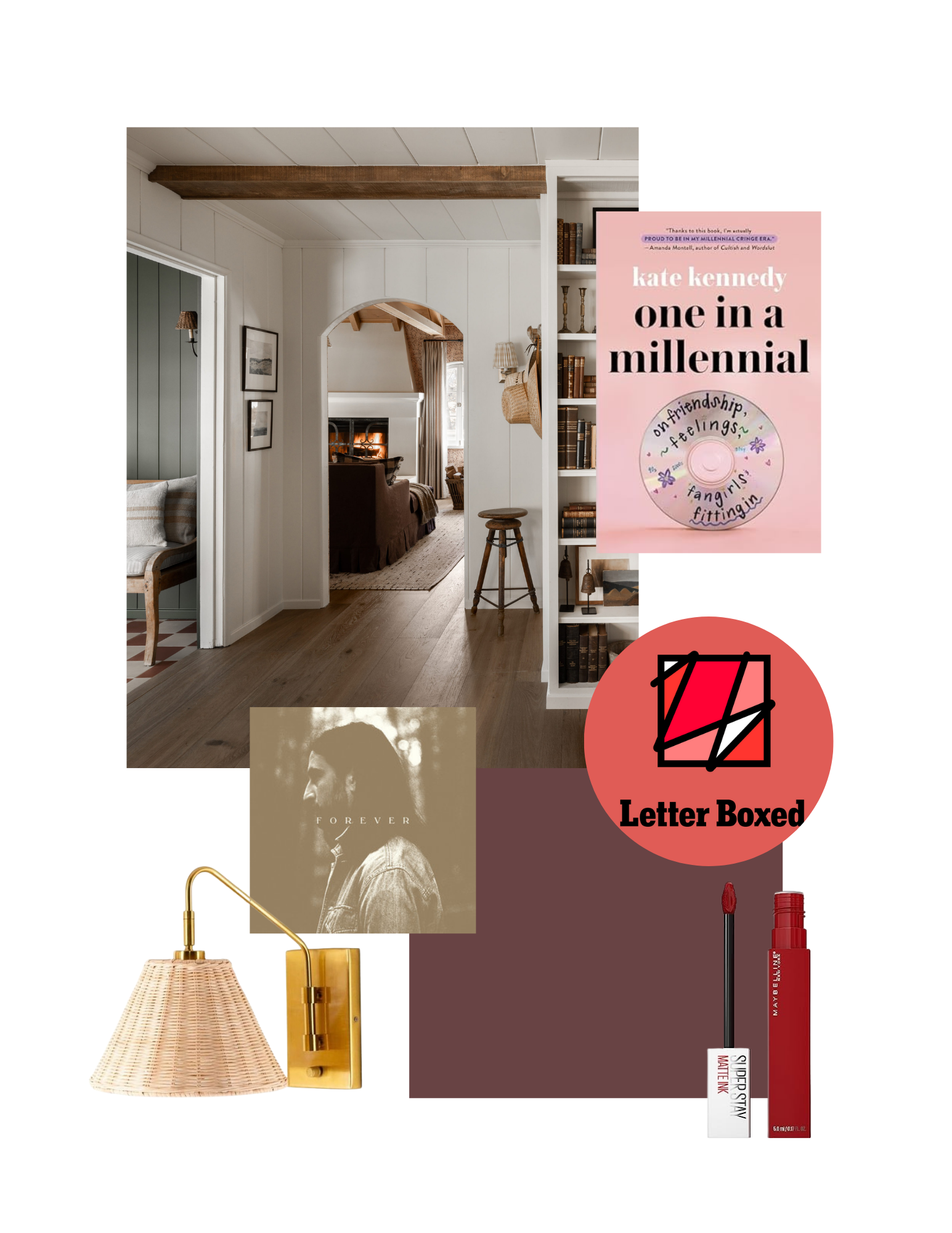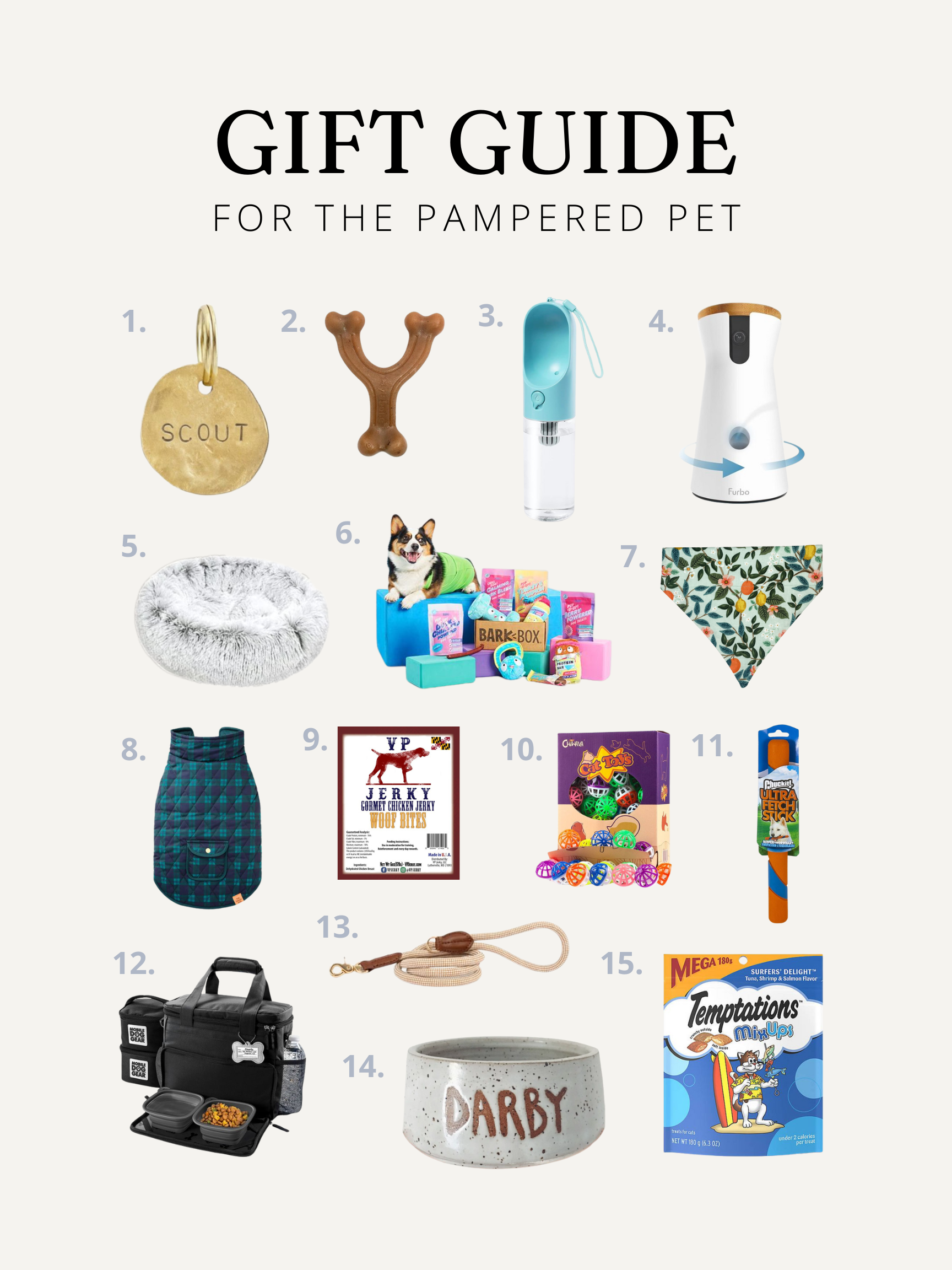I’ve had an interest in interior design for as long as I can remember. As an adolescent, I frequently spent my allowance or Christmas money on a new comforter or new decor for my room, and in high school I got my fix by poring over the pages of Domino magazine, tearing out pages that were extra inspiring. Along the way, I’ve picked up a lot of tips and tricks for making a house into a home. Now that I have my own home, I’ve learned even more. As I work to finish that pesky last 5% in many of the rooms in our home, I’ve realized that there are 8 elements that make a room feel complete to me. If even one of these elements is missing, I find a room feels unfinished.
Picture this: you just finished a refresh of a room in your home, but it feels like something’s missing. Chances are, you’re missing one of these elements. Although a space can still be beautiful without all of these elements, I find that a space doesn’t feel truly finished unless each element is layered into the design. Keep reading to find out my 8 essential elements that make every room feel complete!
1. Texture
Texture is perhaps the most important element in any space. It’s the perfect way to add interest without adding too many details that compete for attention. My favorite ways to add texture are through baskets, curtains, and woven textiles like throw blankets. If you really want to go all out, wall treatments are another way to add some much-needed texture to a space and if you’re willing to DIY, they can be affordable too!
The photo below perfectly encapsulates the impact texture can make – the wall treatments, thick textured throw, and rattan sconces in this space by Wildflower Home Interiors add depth to an already beautiful space.

Photo: Wildflower Home Interiors
2. Contrast
When I completed the first iteration of our living room way back in 2020, it just didn’t feel finished. At the time, I couldn’t put my finger on what the issue was, but three years later as I plan the final touches for the space, it finally hit me – it lacks contrast. Thankfully, it’s easy to inject contrast into a space by switching up the decorative accents. Using mid-tone or dark curtains and colorful throw pillows can add interest to a space like mine that has white walls and a beige couch. If you’re ready to invest in a space, a rug is a great way to add contrast too!
The kitchen of the West Village brownstone featured below uses contrast perfectly. The dark island and stools make what could be a boring kitchen feel exciting, and the veiny marble backsplash adds even more interest.

Photo: Vogue Australia
3. Pattern
This is an element that it’s taken me some time to come around to, but now I feel so strongly about the importance of pattern, and I’m constantly learning new ways to incorporate it. Personally, I prefer to inject pattern through vintage-inspired rugs or textiles such as block printed throw pillows, but if you’re more adventurous than I am, you could go for a printed wallpaper or patterned curtains! If you’re like me and hesitant to get on board the pattern train, start small and add a patterned throw pillow to your sofa or bed. Over time, you can build on that until your space feels finished!
I could have used a photo from Danica of Nadine Stay for any of the elements outlined in this post because I think she really excels at creating complete spaces, but I had to include the photo below of her bedroom because I just love her use of pattern. In a room that’s otherwise fairly neutral, she uses patterned pillows and a gorgeous patterned rug to add depth and the result feels both serene and full of personality.

Photo: Nadine Stay
4. Color
I’ll be the first to admit that I got sucked into the white and grey aesthetic of the early 2010’s, but I can’t overstate how glad I am that that trend is in the past. Color is back, and I am completely on board. I talked about color extensively in this recent post about the trend of color drenching, but color goes beyond just the walls of a space. If you have an open concept living area, you might not want to go all out on a color, but you can add color in other ways through decorative accents, rugs and window treatments!
Natalie Paquin’s kitchen, pictured below, is such a gorgeous example of color done right. Her deep green kitchen is so unique and filled with character, and the deep colors in her living room rug compliment the kitchen perfectly. I love that the color of her kitchen feels unexpected, but pairs so well with the man vintage elements in her home.

Photo: Natalie Paquin
5. Scale
One of the biggest rules of thumb when it comes to interior design is that scale matters. Having huge clunky furniture in a small space will make it look even tinier – but so will furniture that’s too small. I find that living rooms are a space where scale makes the most impact. It’s easy to get scale right in a bedroom, but living rooms have so many possible configurations of furniture and rugs that it can be tougher to get things just right. A rug is the foundation for a room and perhaps the element where scale matters most. Nadine Stay has a great guide on choosing an area rug and how to determine what size is best for each room in your home. From there, it will feel easier to get the scale right with the rest of the furniture in each room!
Jean Stoffer is an expert on scale – I’m such a big fan of her style, and part of what makes her designs so impressive is the fact that she nails it every time when it comes to scale. The living room pictured below is a great example of how a space can actually feel bigger with larger furniture. A chunky coffee table and two large sofas fill the space perfectly and serve as a good reminder that sometimes bigger *is* better.

Photo: Jean Stoffer Design
6. Florals
Florals are such an underrated element of home decor! There are so many ways to do this, but recently I’ve started making the switch to dried florals. I’ve found some good faux florals, too, but I think dried florals bring a certain depth and texture to a space that’s really special. My mind was blown when Amber Lewis of Amber Interiors recently shared that she doesn’t use any faux florals – and it definitely made me think more about fully transitioning the florals in our home to dried (because we all know I’m not keeping real plants alive, let’s be honest).
The bathroom by Studio McGee pictured below proves that the elements mentioned in this post apply to even the smallest spaces in your home! Remove the florals, and you have a room that’s beautiful, but still feels like it needs something. By adding some eye-catching florals to an already stunning space, Shea creates a room that feels intentional and complete.

Photo: Studio McGee
7. Vintage
I’ve shared before about how strongly I feel about including a vintage element in every room. I follow mostly interior designers and home influencers on Instagram, and because I follow so many people in the home space it’s really noticeable to me when a living room is essentially right out of a Target catalog. Don’t get me wrong – I love Target. But when everyone is shopping for the same pieces, it can start to make every space look the same. The way to counteract this is with vintage elements. The beauty of vintage is that it doesn’t have to be expensive – it can be something sourced on Facebook marketplace or picked up at a local thrift store. I have a hard and fast rule of having at least one vintage element in every room in our home and I think it makes all the difference. Spaces are so much more interesting when they have something that’s one of a kind!
I recently discovered Vanessa from The Gratz Life on Instagram and I can’t get enough of her home. She excels at incorporating vintage elements in to her home and the result is a space that feels thoughtful and unique. Her living room, pictured below, combines new and vintage elements for a look both welcoming and intriguing.

Photo: The Gratz Life
8. Lighting
Lighting is absolutely crucial to making a space feel whole – and when I say lighting, I mean the fixtures but also the light bulb. If you’re interested in diving into the lightbulb part of this more, Chris Loves Julia has a great educational post that dives into all the terminology and how to pick the best light bulb for your space. When it comes to fixtures, everyone has a different opinion on whether or not to splurge – I’m of the opinion that lighting makes the space, but there are still plenty of affordable options if you don’t want to splurge. Personally, I think every room looks best if it has multiple light sources – for example, our office has a ceiling light and a desk lamp and once it’s complete, our guest room will have a ceiling light, a table lamp, and sconces. Layering in multiple light sources gives you options depending on your mood, and adds additional depth to a room.
I consider Julia from Chris Loves Julia to be the ultimate resource when it comes to lighting. Her blog is chock full of posts that will break down all things lighting far better than I could (including the one linked above), so it’s no surprise that when it comes to her own home, she nails the lighting every time. The photo below of her recently completed study is a master class in lighting. The bubble chandelier is the showpiece of the room and the library lights above the built-ins add some elegance to the space.

Photo: Chris Loves Julia
There’s so much that goes into creating a beautiful and welcoming home, but I’m confident that if you include these 8 elements in each room in your home, it will feel complete in no time. Did I miss any elements that you think make a space feel thoughtful and finished? Let me know in the comments!





[…] Rust Dried Florals – As I mentioned in this post earlier this week, I’m in the process of transitioning most of the faux florals in our home […]
[…] design process for this room is part of what inspired my recent post about the eight elements that make every room feel complete – and I think the presence of […]
[…] Purple Faux Tulips – Okay, I know I mentioned in this recent post that I’m trying to transition most of our faux florals to dried florals – but what I should […]